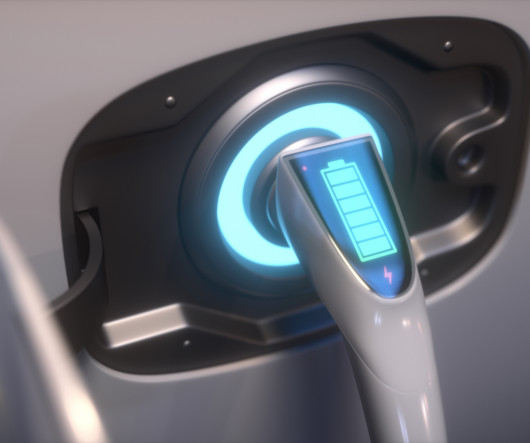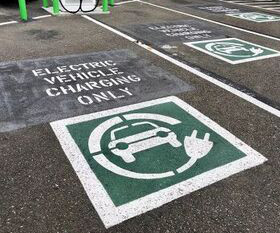How is New Zealand disposing of EV batteries?
Drive Electric
APRIL 4, 2023
In this article, we will explore what happens to old EV batteries in New Zealand and why it’s essential to dispose of them properly. When the battery can no longer power a car, it will be repurposed for a second use. A battery in its second life can serve a variety of purposes, such as: Providing stability to the power grid.











Let's personalize your content